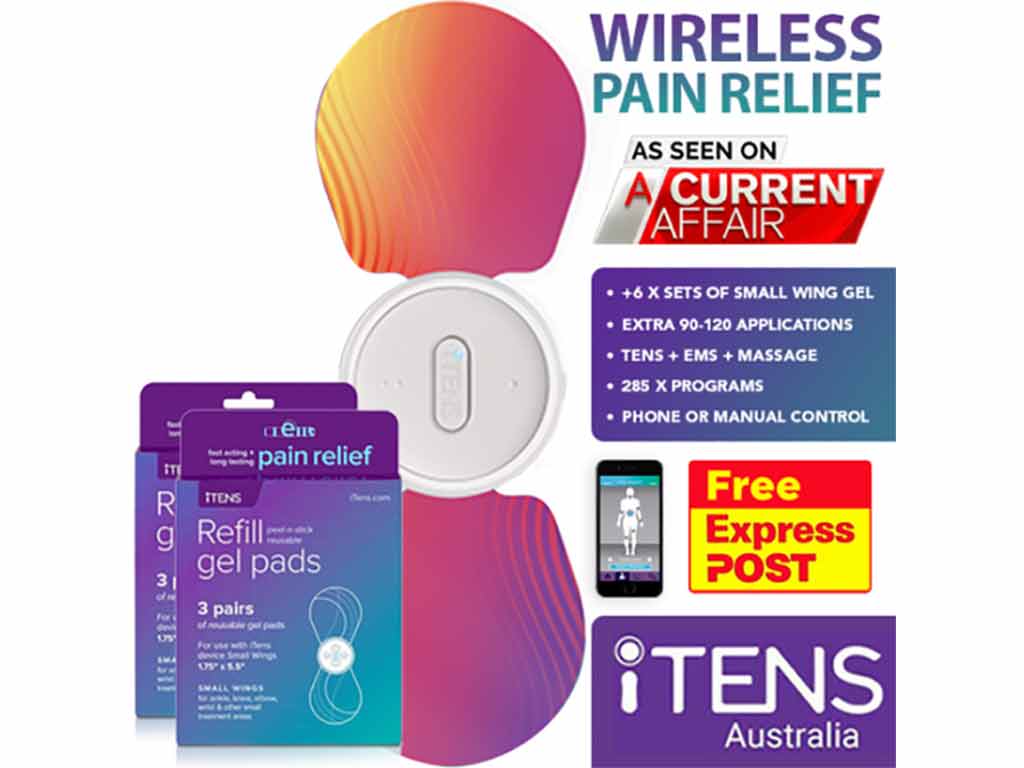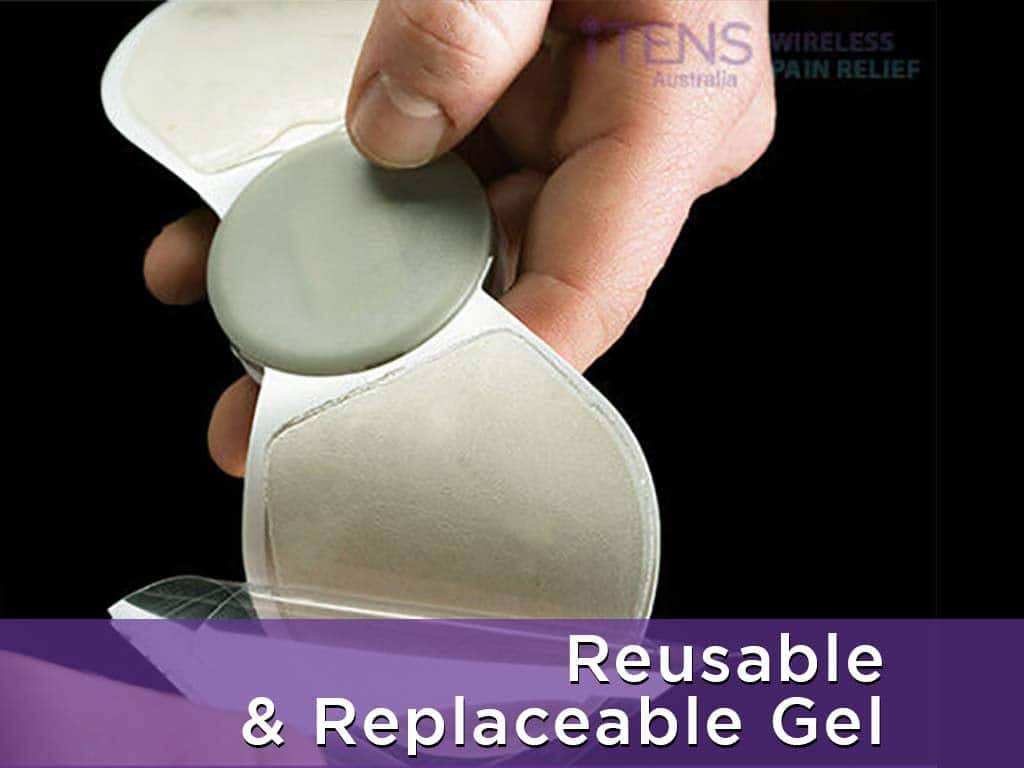
When it comes to treating groin pain, many individuals are eager to find ways to alleviate the discomfort without relying solely on the intake of pain medication. One of these options is Transcutaneous Electrical Nerve Stimulation (TENS). It uses mild electrical currents to relieve pain. Therefore, TENS for groin pain requires careful use for effective results. Start by putting the electrodes near the pain area and slowly increasing the settings to a comfortable level.
Pain management is crucial to reduce the stress and discomfort it brings to daily activities and overall quality of life. Traditionally, people use medication and physical therapy to reduce the pain. However, it can have adverse side effects for some people, especially with long-term use. Thus, many resort to natural alternatives like TENS. In this guide, we will explore what TENS therapy is, how it works, and how to use it for groin pain.
What is TENS for Groin Pain?
TENS is a non-invasive therapy that utilises low-voltage electrical currents to alleviate a wide range of ailments. It uses a portable device that has adjustable settings to control the frequency and intensity of the electrical pulses. In addition, it connects to sticky electrodes, which are then placed on the skin near the pain.
When it comes to groin pain, it refers to the discomfort or unpleasant sensations in the area between the belly (abdomen) and upper thigh. The pain can be on one side of the body and may occur abruptly or develop gradually. Moreover, the symptoms include sharp pain on the upper inside of the leg, muscle weakness, and swelling or bruising in the groin area.
Using TENS for groin pain can offer a drug-free alternative for pain relief and promote healing. The electrical currents from the TENS unit stimulate the nerves in the affected area, which can help reduce constant pain signals and provide temporary relief. The device is easy to use and is also suitable for various types of pain in adults.
Causes of Groin Pain
- Groin strain: The muscles in the area are torn, overstretched, or injured. It typically happens because of sports injuries and lifting or pulling heavy objects without stretching or warm up.
- Hernia: A hole in the abdominal wall that bulges the organs outward.
- Hip joint issues: This includes inflammatory pain like hip arthritis or osteoarthritis.
- Urinary Tract Infection (UTI): Constant pain in the pubic region.
- Kidney stones: Hard deposits that form in the kidneys and urinary tract.
- Fractures: Direct blows to the groin or pelvic area can cause fractures in the bones.
- Nerve conditions: Conditions like nerve impingement or neuropathy can cause groin pain.

Mechanisms of Action Behind TENS for Groin Pain
Various mechanisms of action work behind TENS for groin pain. Mainly, it stimulates the nerves and disrupts the way pain signals are being sent to the brain. The first is the pain gate control phenomenon. According to the Gate Control Theory, pain signals travel along nerve pathways to the brain. Electrical nerve stimulation closes the “gates” in the spinal cord, blocking the signals from reaching the brain.
The second mechanism is endogenous opioid release. TENS therapy stimulates the release of endorphins. These natural chemicals bind to specific receptors in the brain, reducing the perception of pain and promoting a sense of well-being. By increasing endorphin levels, TENS provide natural pain relief.
TENS also boost blood circulation, minimising the degree of inflammation and helping the muscles to relax. The increase in blood flow can speed up the healing of acute groin injuries, muscular injuries, and post-operative pain. Furthermore, healthcare providers may recommend combining electrotherapy modalities with therapeutic exercises to improve muscle strength and leg motion.
Benefits of TENS Therapy
TENS therapy offers many benefits for pain management. Firstly, TENS has a versatile application. It can be used for other acute conditions like labour pain and period pain. Thirdly, it is ideal for people with low pain thresholds and who are uncomfortable with Electrical Muscle Stimulation (EMS) or interferential current therapy.
Aside from providing natural relief from pain, TENS units also help improve muscle function. The reduction of inflammation in the muscles restores the limited range of motion. It can be particularly beneficial for groin strain injuries in athletes. Lastly, it has little to no side effects compared to medications.

How to Conduct TENS for Groin Pain
Before conducting TENS for groin pain, it is vital to consult a healthcare professional to ensure the suitability of the treatment. Next, prepare the skin by cleaning and drying the area before electrode placement. Shave any excess hair if needed, as hair can interfere with its adhesion and effectiveness. Once clear, put the pads firmly in place.
Turn on the TENS machine and adjust the settings to the appropriate level. Begin with the lowest intensity and gradually increase as needed. For acute pain, health professionals often recommend high-frequency TENS, while low-frequency stimulation is more beneficial for chronic pain treatments. Using high-frequency currents can be more effective in reaching deeper tissues within the hip joints.
Nevertheless, be cautious in setting the frequency, as high levels may cause muscle contractions, which may be uncomfortable in sensitive regions. Moreover, the TENS treatment duration typically lasts 15-30 minutes, but some patients may use it for up to one hour, depending on their needs. After the session, turn off the device before removing the pads.
Where to Place the Pads?
The electrode placement for groin pain depends on the type of pain or target treatment. For pain relief, place one pad on each side of the groin area, directly over the painful muscles. Another effective placement is along the inner thigh, starting from the groin area and extending down towards the knees.
Using TENS for muscle strength or rehabilitation, place one pad on top of the muscle and another along the length of that muscle. Furthermore, avoid areas such as directly over the joints or genitals and spinal cord. Remember to seek advice from a physiotherapist or health professional regarding pad placement.
Conclusion
TENS machines are electronic devices that provide drug-free and non-invasive methods of pain relief. It utilises mild electrical impulses to stimulate the nerves to block pain signals and release natural pain relievers like endorphins. Thus, it is a popular option for athletes with groin pain. Using TENS for groin pain can help minimise discomfort and promote healing. Moreover, it is essential to follow the instructions and advice of a professional for safe and effective use.
To facilitate the therapy, first place the pads on the clean skin surface, following proper electrode placement suggestions. Then, turn on the device and adjust the intensity and frequency to a level that is comfortable. Next, use the device for an average of 30-60 minutes. With proper use, TENS can be an effective pain relief solution. It allows people immediate access to pain relief. For discreet and hassle-free pain management, the wireless iTENS can be a great option.




















